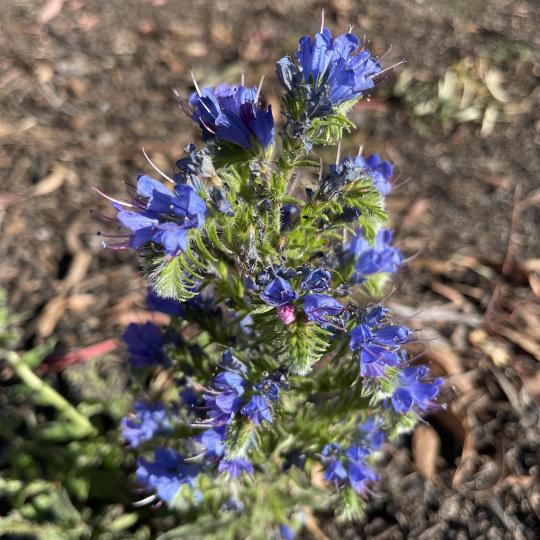#echium vulgare
Photo
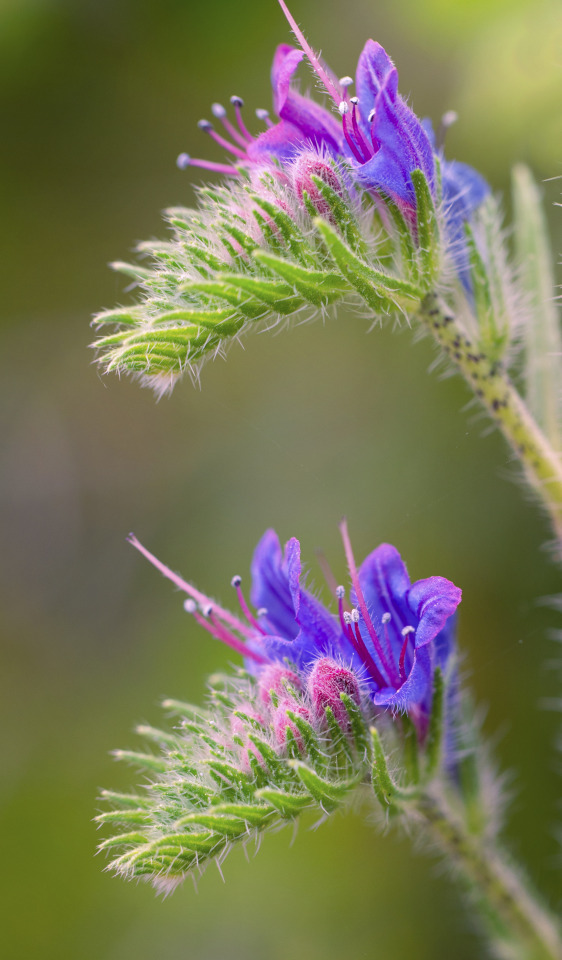
Echium vulgare Boraginaceae
Viperine commune
1K notes
·
View notes
Text


13 notes
·
View notes
Text
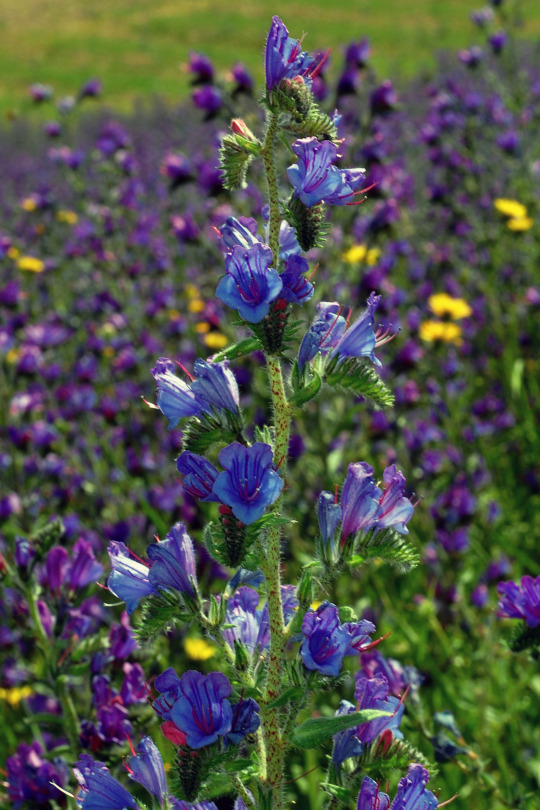
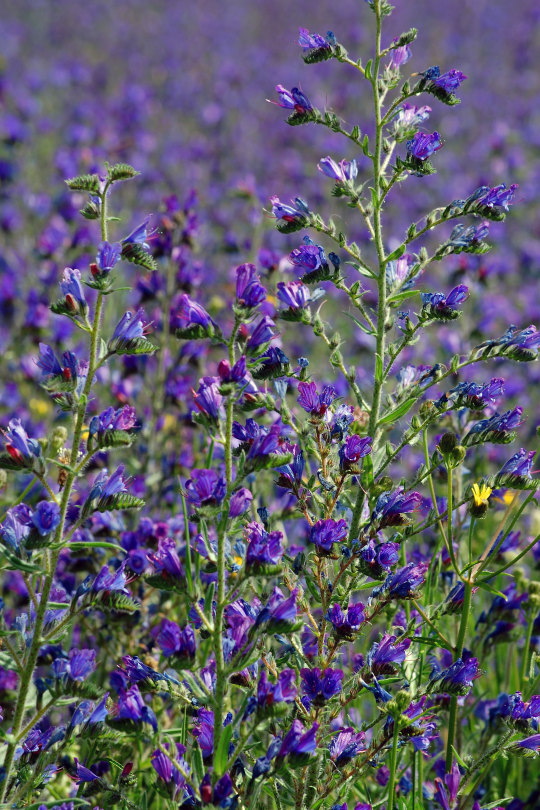

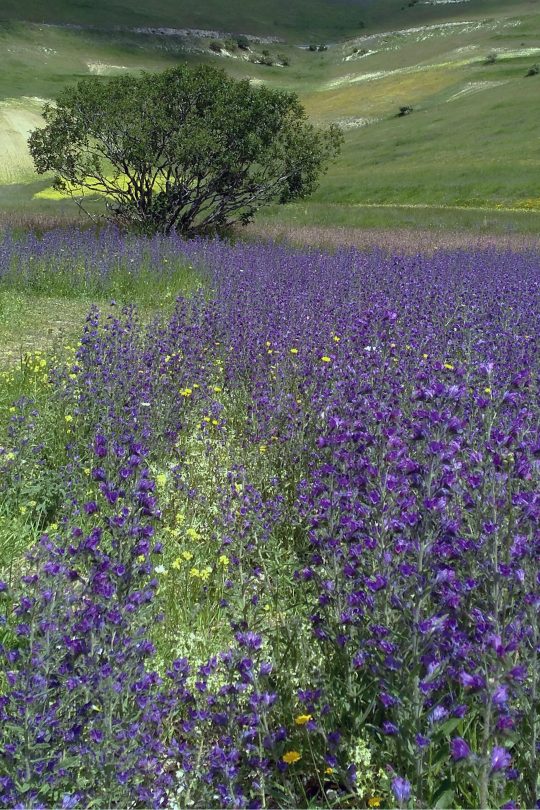
E – Echium vulgare L. – Viperina azzurra (Boraginaceae)
481 notes
·
View notes
Text

Echium vulgare L.; Family: Boraginaceae
Invasive species in Chile
51 notes
·
View notes
Text
#1899 - Echium vulgare - Viper’s Bugloss


Another plant spread around the world as an ornamental, but this one might have spread up to Lake Takapō by itself - it’s certainly become invasive in other parts of the world including north-eastern North America, south-western South America. This borage has been naturalised in New Zealand since at least 1870, but was originally native to Europe, and Western and Central Asia.
Other names include blueweed. The Viper part of the common name derives from the shape of the seeds - Greek physician Dioscorides noted a resemblance between the shape of the nutlets to a viper’s head - but the plant has also been used to treat viper bites. Not that the treatment actually worked, but the Doctrine of Signatures led to a lot of dubious medicine like that.
The related and similar E. plantagineum is even more invasive. Variously known as Lady Campbell weed, Riverina bluebell, and purple viper's bugloss. In Australia it’s also known as Salvation Jane and Patterson’s Curse, both name supposedly after one Jane Paterson or Patterson, an early settler near Albury, who brought the first seeds from Europe to beautify a garden, and then watched the weed infest previously productive pastures for many miles around. Echium vulgare is now a dominant broadleaf pasture weed through much of New South Wales, the Australian Capital Territory, Victoria, South Australia, and Tasmania and also infests native grasslands, heathlands, and woodlands. We certainly get it here in Western Australia too, where I noted it as a rather pretty plant that I suspected was an escaped ornamental. I was right.
Patterson’s Curse can be used as fodder in bad summers - hence the Salvation name - but not if anything else is available. It’s toxic to mammals (especially horses) through the accumulation of pyrrolizidine alkaloids in the liver, and can irritate the skin. Unfortunately bad summers are when the seeds spread fastest, attached to fur or in transported fodder. Both species thrive in disturbed environments, producing huge amounts of seed.
In Australia, biocontrols have been introduced in an attempt to control E. plantagineum. These include the leaf-mining moth Dialectica scalariella, the root weevil Mogulones geographicus, the crown weevil Mogulones larvatus, and the flea beetle Longitarsus echii. The latter two are proving quite effective.
12 notes
·
View notes
Note
Since i know nearly nothing about the botanical aspect i looked some up(and flowers don't really scare me/freak me out), but i found one that is beautiful and disturbing in one, echium vulgare or gewöhlicher Natternkopf(yes in german, cause in english it sounds wrong even if it might be correct: common viper's head) it is toxic at least a bit
flower names are weird. if you ever worried about giving RP characters etc weird names, rest assured there's flowers and birds out there with weirder
3 notes
·
View notes
Photo

Echium vulgare. Viborera. by fernando aragón https://flic.kr/p/2nnpZVk
4 notes
·
View notes
Photo

Cartaz para LETTER FROM THE POND, Agosto 2022
LETTER FROM THE POND, curta-metragem de Lana Almeida e Manuel Bivar, integrada no projecto theponds.info
Sinopse: Um homem escreve uma carta durante a pandemia. Passa os seus dias numa mata que cresceu sobre as ruínas de uma antiga fábrica. Ao recordar a infância, reflecte sobre as transformações por que passou a cidade, a assepsia e o aumento das medidas de controlo.
A pausa permitiu-lhe descobrir uma grande variedade de vida vegetal e animal perto de sua casa. No coração da mata, entre plantas autóctones, exóticas e invasoras que co-habitam, onde novas aves chegam todos os dias, faz descobertas improváveis, desenvolve novas teorias ecológicas e reflecte sobre o futuro.
com CORTADERIA SELLOANA e ACACIA SALIGNA, AMARANTHUS BLITOIDES, ARUNDO DONAX, AVENA BARBATA, BRIZA MAXIMA, CENTAUREA CALCITRAPA, CHAEROPHYLLUM TEMULUM, CICHORIUM INTYBUS, CONVOLVULUS ALTHAEOIDES, CREPIS CAPILLARIS, CUPRESSUS LUSITANICA, DACTYLIS GLOMERATA, DAUCUS CAROTA, DAUCUS CRINITUS, DITTRICHIA VISCOSA, GALIUM APARINE, ECHIUM PLANTAGINEUM, EHRHARTA ERECTA, FICUS CARICA, FOENICULUM VULGARE, GASTRIDIUM VENTRICOSUM, HEDERA HELIX, HIRSCHFELDIA INCANA, HYPERICUM PERFORATUM, HYPOCHAERIS RADICATA, LATHYRUS LATIFOLIUS, LONICERA IMPLEXA, MALVA SYLVESTRIS, MEDICATO INDICUS, MERCURIALIS AMBIGUA, ONONIS RECLINATA, PARIETARIA JUDAICA, PARIETARIA MAURITANICA, PINUS HALEPENSIS, PHLEUM PRATENSE, PHOENIX ACAULIS, POLYCARPON TETRAPHYLLUM, PTERIDIUM AQUILINUM, PUNICA GRANATUM, RICINUS COMMUNIS, RUBUS ULMIFOLIUS, RUMEX CONGLOMETARUS, SCOLYMUS HISPANICUS, SETARIA PARVIFLORA, TARAXUM MARKLUNDII, TORILIS ARVENSIS, TORILIS NODOSA, TROPAEOLUM MAJUS, URTICA URENS montagem RITA BRÁS, LANA ALMEIDA, MANUEL BIVAR produtora INÊS ABREU design web PEDRO QUEIRÓS ilustrações DANIELA RODRIGUES com o apoio de CÂMARA MUNICIPAL DE LISBOA uma produção FOGO POSTO | www.theponds.info
3 notes
·
View notes
Text
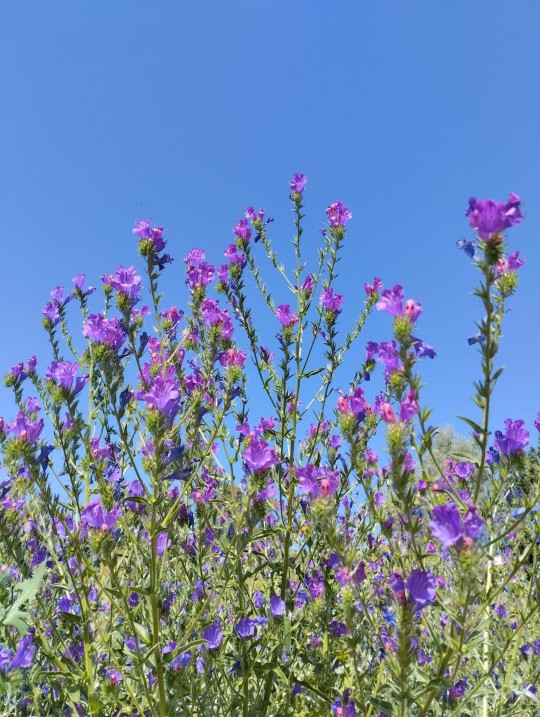


Viborera (echium vulgare). Es algo tóxica. La raíz de usa como tinte, con las flores se pueden hacer cataplasmas para pieles sensibles.
0 notes
Text
0 notes
Text
Les populations de plantes dont la reproduction dépend des pollinisateurs déclinent
See on Scoop.it - EntomoNews
15 ans de suivis de la flore commune, 428 membres participants, 147 444 observations… Des comptes sont faits dans le bilan, qui rapporte aussi des résultats scientifiques et des souvenirs. Témoignages, photos, illustrations réalisées par des participantes… Bref, un document pour faire trace de cette aventure commune, dont quelques éléments sont repris dans cet article.
Vigie-flore, 15 ans, un bilan
Sciences participatives
21 Novembre 2023
[...]
Des transformations de la flore avec le déclin des pollinisateurs
"Une autre analyse des données récoltées par les Vigie-floristes montre que les populations de plantes dont la reproduction dépend des pollinisateurs déclinent. On estime que 78 % des espèces végétales des régions tempérées dépendent des pollinisateurs pour leur reproduction5. Pas besoin d’être scientifique pour imaginer que le déclin des pollinisateurs puisse avoir un impact sur les plantes qui en sont dépendantes. Mais pour le prouver, oui ! Effectivement, plusieurs études6 ont pu établir que les plantes dépendantes des pollinisateurs pour leur reproduction sont vulnérables au déclin des pollinisateurs, qui eux-mêmes souffrent du déclin des ressources florales. Ces études se sont focalisées sur les espèces rares et les extinctions locales de plantes, mais peu de travaux ont abordé cette question pour les espèces communes, soit la majorité de notre flore. Ce que l’on peut dire aujourd’hui à partir des données de Vigie-flore, c’est que les espèces dépendantes des pollinisateurs pour leur reproduction se raréfient en moyenne plus que celles qui en sont indépendantes. Quelques noms d’espèces concernées : l’asphodèle à petits fruits (Asphodelus ramosus), la vipérine commune (Echium vulgare), la menthe aquatique (Mentha aquatica)."
(...)
"Alors si les plantes dépendantes aux pollinisateurs se raréfient, les pollinisateurs qui ont besoin d'elles peuvent se retrouver sans nectar ou pollen. Que se passe-t-il pour ces communautés de plantes et d'insectes ? Un vortex, le déclin des un.e.s entrainant celui d'autres ? Les un.e.s et les autres migrent-ils au même rythme vers des conditions favorables à leur survie ? Y a-t-il apparition de stratégies d'adaptation, avec des formes de compensation ? Comment sont liées leurs dynamiques de populations ? C'est encore avec des données de Vigie-Nature, que Solène Agnoux se penche sur la question. Les conséquences des changements actuels sur les interactions plantes-pollinisateurs est son sujet de thèse."
(...)
→ Des plantes à fleurs aux pollinisateurs, en passant par une thèse ! | Vigie-Nature, 18.04.2023 https://www.vigienature.fr/fr/actualites/plantes-fleurs-pollinisateurs-passant-these-3782
[Image] bombyllus_bfontaine_3.jpg
0 notes
Text
Arı Otu Tohumu: Sağlığınız ve Bahçeniz İçin Doğal Bir Hazine
Bahçecilik ve bitkilerle ilgilenmek, sağlıklı bir yaşam tarzı sürdürmek ve doğal ürünleri tercih edenler için özellikle önemlidir. Arı otu tohumu, bu ihtiyaçları bir araya getiren eşsiz bir bitki çeşidi olarak öne çıkar. Bu makalede, arı otu tohumunun ne olduğunu, nasıl yetiştirileceğini ve sağlık ile bahçe için sunduğu avantajları keşfedeceksiniz.
Arı Otu Tohumu Nedir?
Arı otu (Echium vulgare), mavi veya mor çiçekleri olan göz alıcı bir bitkidir. Bu bitkinin tohumları, genellikle arı otu tohumu olarak adlandırılır ve sağlık açısından birçok fayda sunar. Ayrıca, arı otu çiçekleri arılar için çekici olduğundan, arı otu bahçelerde arıları cezbetmek için de kullanılır.
Arı Otu Tohumu Yetiştirme
Arı otu tohumu yetiştirmek oldukça kolaydır. İşte adım adım nasıl yapılacağı:
1. Tohum Seçimi: Yüksek kaliteli arı otu tohumları seçin. Tohumları doğrudan bahçenize veya saksılara ekme seçeneğiniz vardır.
2. Toprak Hazırlığı: İyi drene olan ve hafif alkali topraklar, arı otu için idealdir. Toprağı gevşek tutmak için organik madde ekleyin.
3. Tohum Ekimi: Tohumları yüzeye serpin ve hafifçe bastırarak toprağa yerleştirin. Tohumları sulayın.
4. Sulama ve Bakım: Arı otu bitkisi düzenli sulama ve güneş ışığına ihtiyaç duyar. Toprağı nemli tutun ve bitkinin güneş almasını sağlayın.
5. Çiçeklenme ve Hasat: Arı otu bitkisi çiçeklendiğinde, arılar için bir cazibe merkezi haline gelir. Çiçeklerini hasat etmek veya bahçenizin güzelliklerini gözlemlemek için sabırsızlanacaksınız.
Sağlık Faydaları
Arı otu tohumu, sağlık açısından çeşitli faydalar sunar. İşte bazıları:
1. Omega-3 Yağ Asitleri: Arı otu tohumları omega-3 yağ asitleri açısından zengindir, bu da kalp sağlığı için faydalıdır.
2. Anti-enflamatuar Özellikler: Arı otu, iltihapları azaltmaya yardımcı olan anti-enflamatuar bileşenler içerir.
3. Cilt Sağlığı: Arı otu yağı cilt sağlığını destekler ve tahrişi azaltabilir.
4. Bağışıklık Sistemi: İçerdiği antioksidanlar ve vitaminler, bağışıklık sistemini güçlendirmeye yardımcı olabilir.
Sonuç: Arı Otu Tohumu ile Doğal ve Sağlıklı Yaşam
Arı otu tohumu, sağlık açısından birçok fayda sunan ve bahçenizi güzelleştiren bir bitki çeşididir. Kendi arı otu bitkinizi yetiştirmek, hem sağlık hem de bahçe keyfi için harika bir yol olabilir. Arı otu tohumunu denemek, doğal yaşam tarzını benimseyenler için mükemmel bir seçenektir.
#arıotutohumu#arıotu#arıçiçeği#arıotutohumunedir#arıotuyetiştirme#arıürünleri#arıcı#arıcıürünleri#arıcılık#arıcılıkmalzemeleri#arıcılıkürünleri#balüretimi#tozlaşma
0 notes
Link
0 notes
Text

Cartolina: Viperina azzurra (Echium vulgare L., Boraginaceae)
18 notes
·
View notes
Photo










Neptune's Fields, Sweden (No. 8)
Neptune's fields is a nature reserve in the north of the island of Öland, Sweden. Located in Borgholm Municipality along the Kalmar Strait, north of the village of Byxelkrok, it consists of a long stretch of cobble beach covered with Echium vulgare which blossoms in June and July, coloring the entire area blue. The cobble stones result from stones left during the last ice age that eroded through the action of the waves, and they are interspersed with fossils from Trilobites and Brachiopods.
The place is a well-known tourist attraction. It was named by Carl Linnaeus, who visited the place on his 1741 journey to the island.
Source
#Neptune's Fields#Neptuni åkrar#shore#coast#Kalmar County#Sweden#Kalmar Strait#Kalmarsund#Borgholm Municipality#summer 2020#travel#vacation#nature#landscape#seascape#countyside#nature reserve#cobble beach#rock formation#geology#fossil#overcast#free admission#tourist attraction#landmark#Öland#Sverige#Scandinavia#Northern Europe#flora
0 notes
